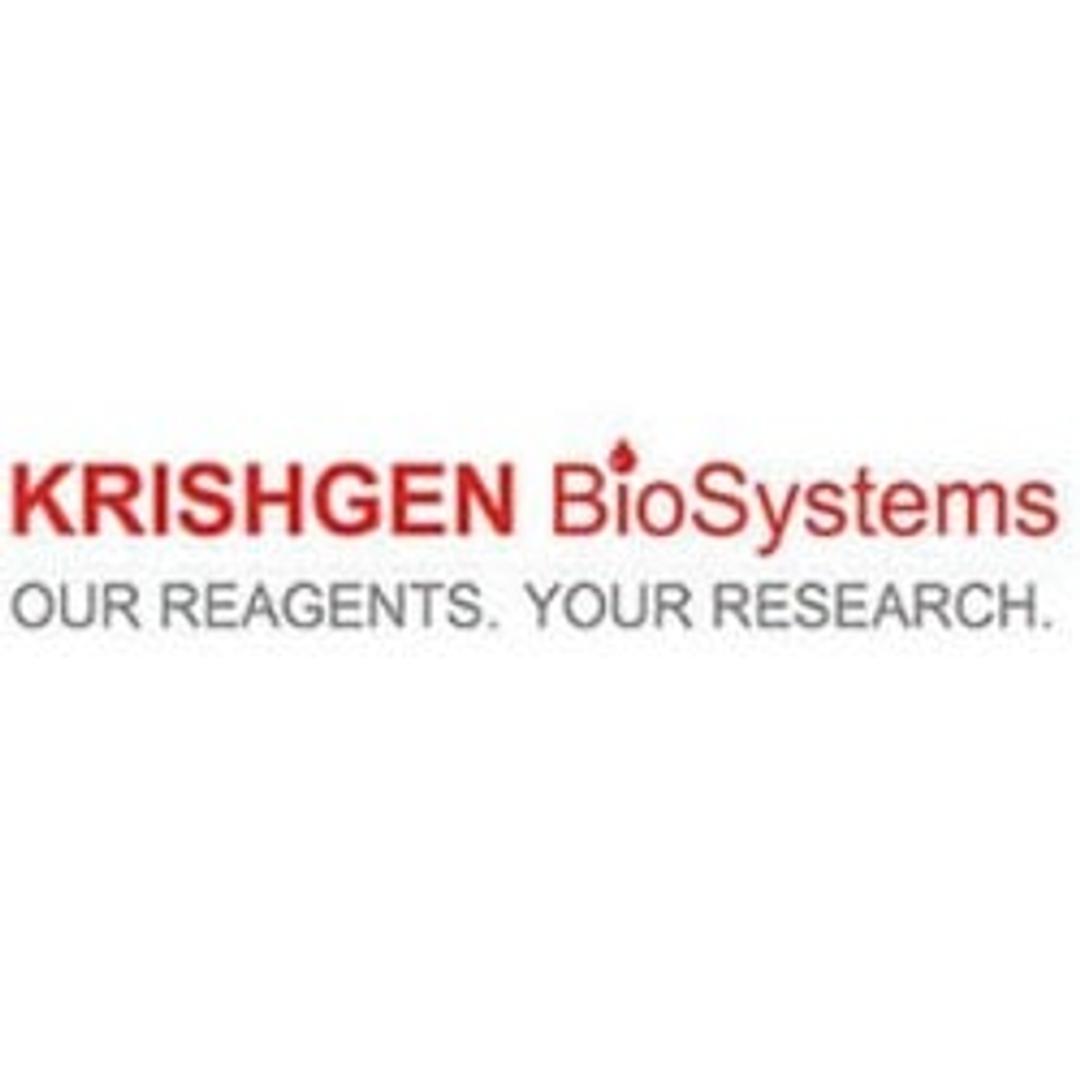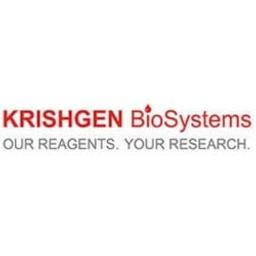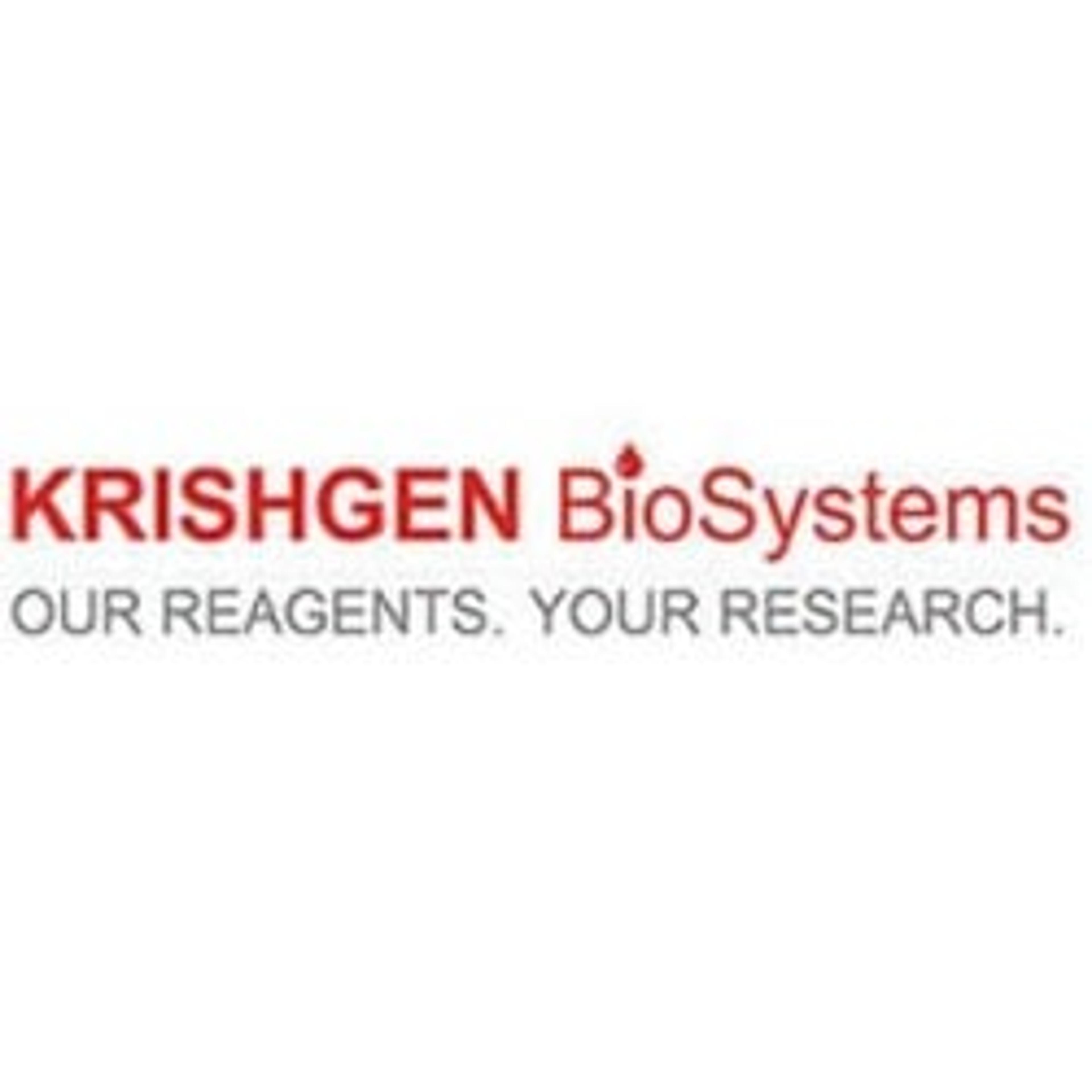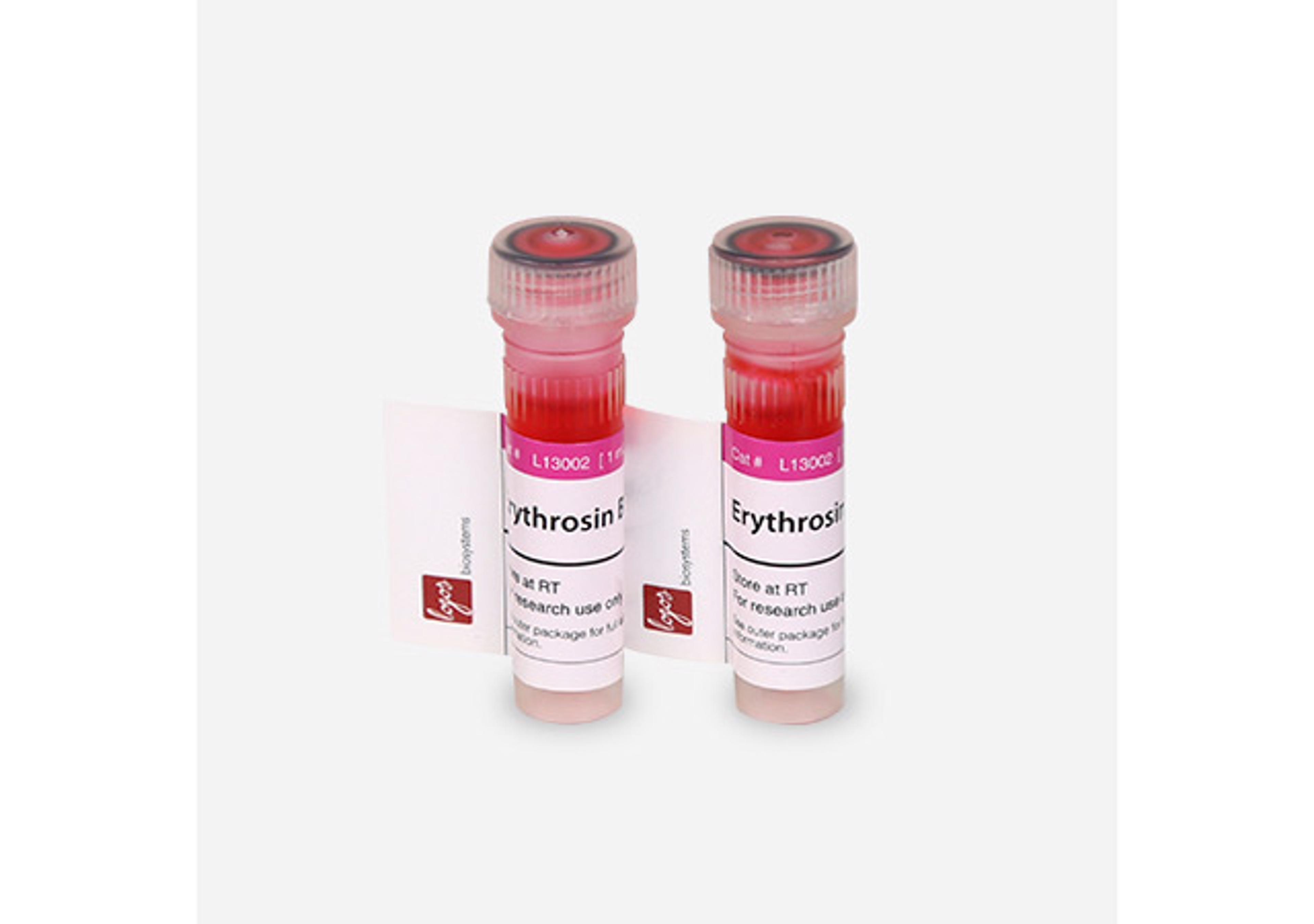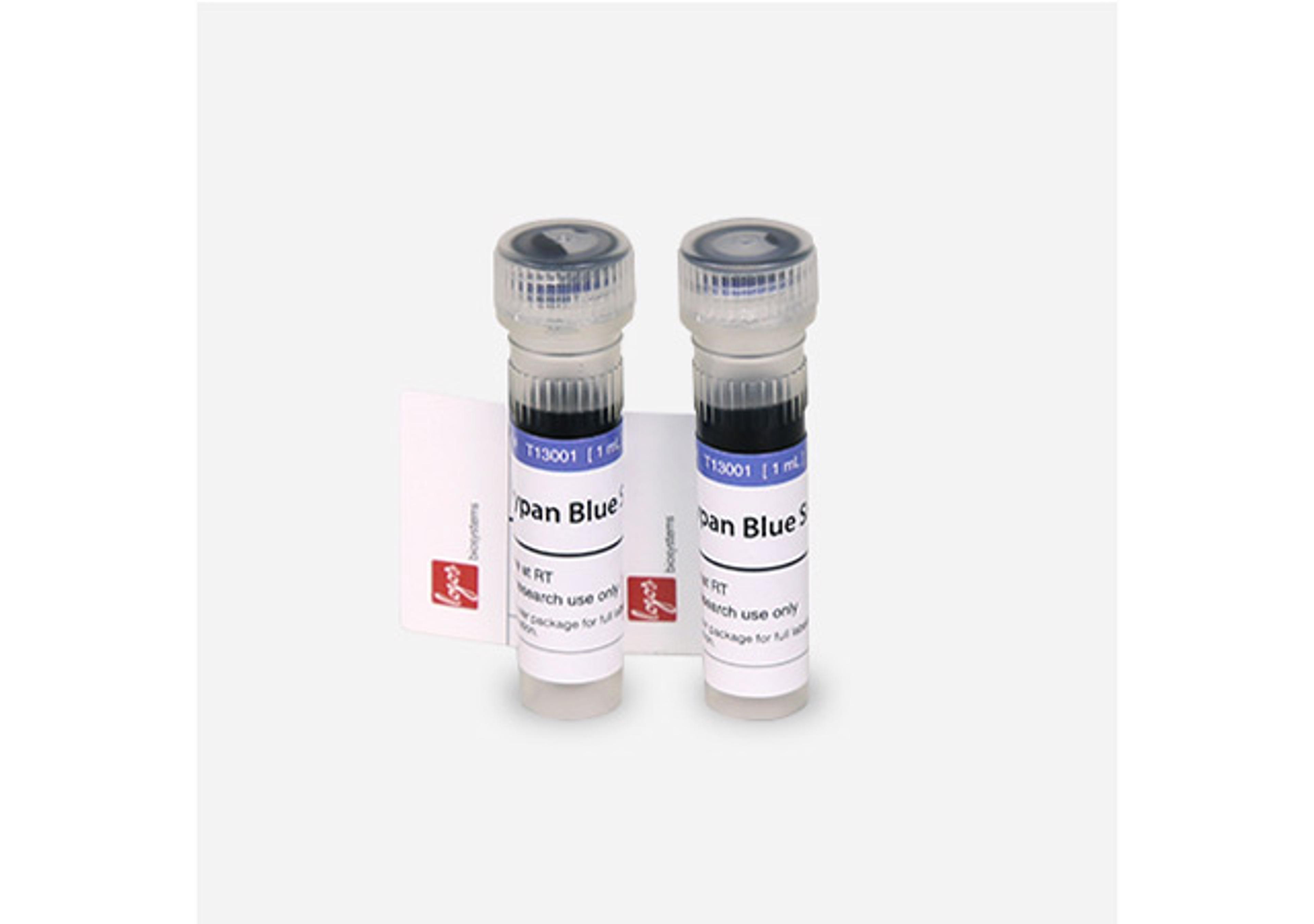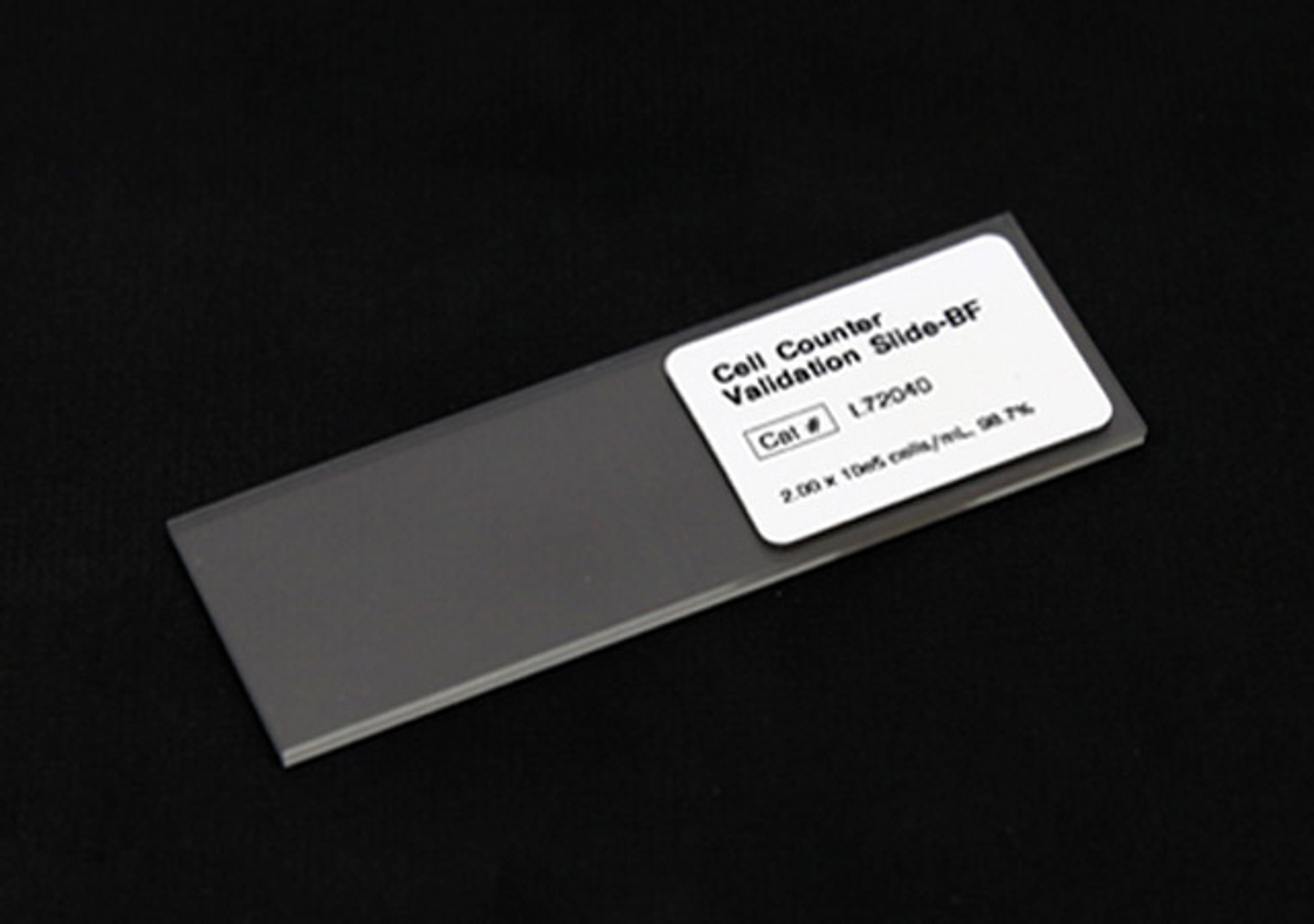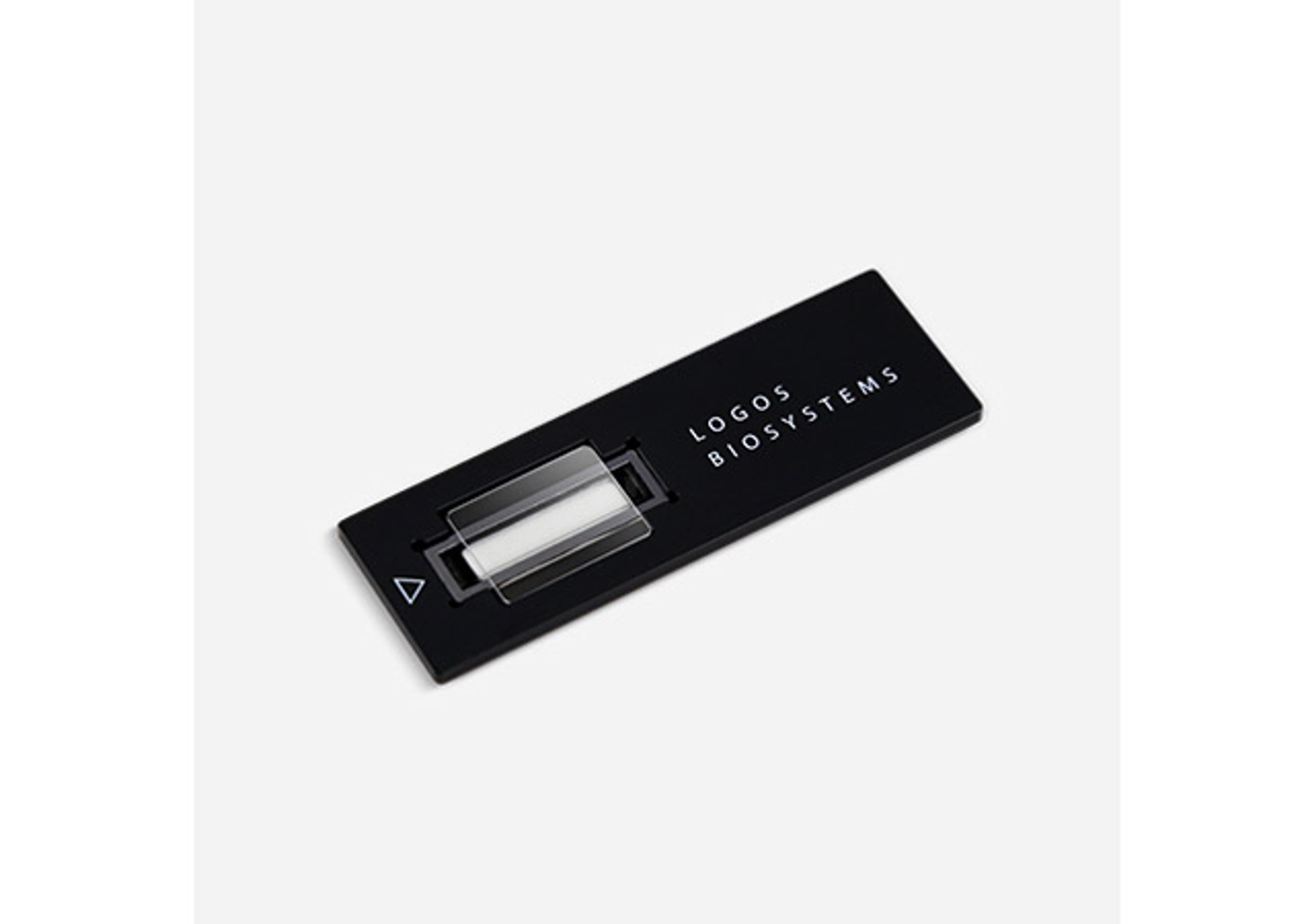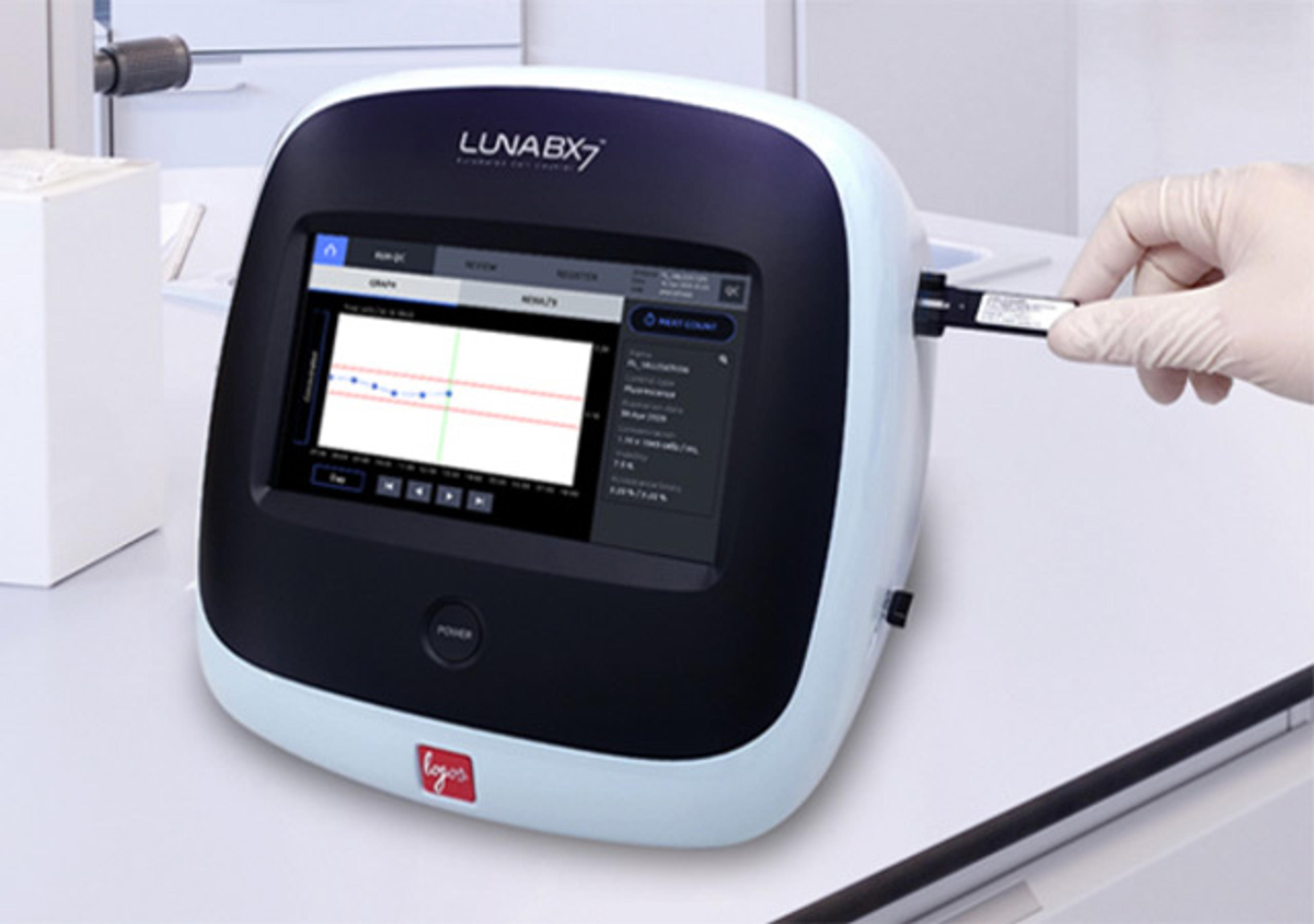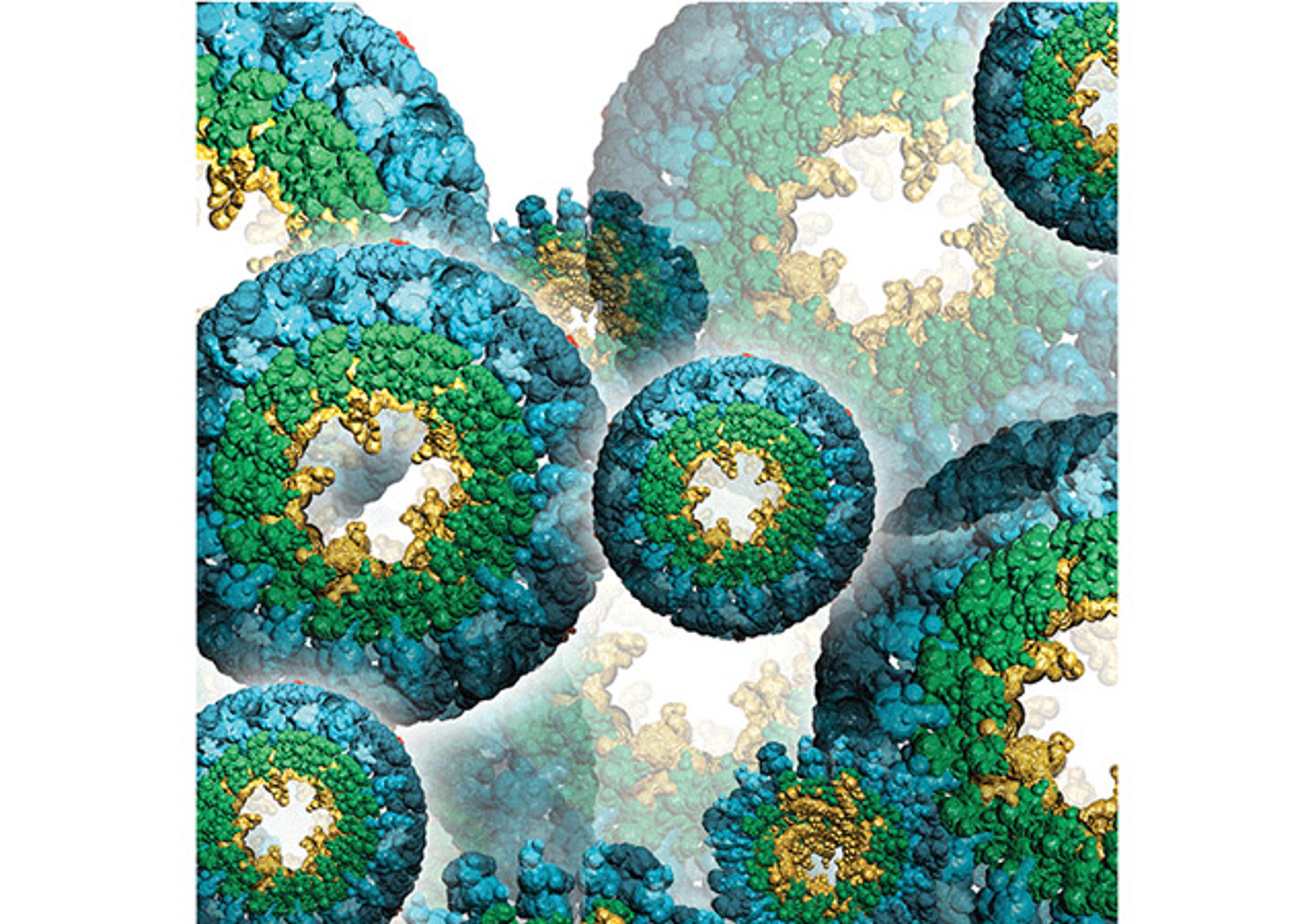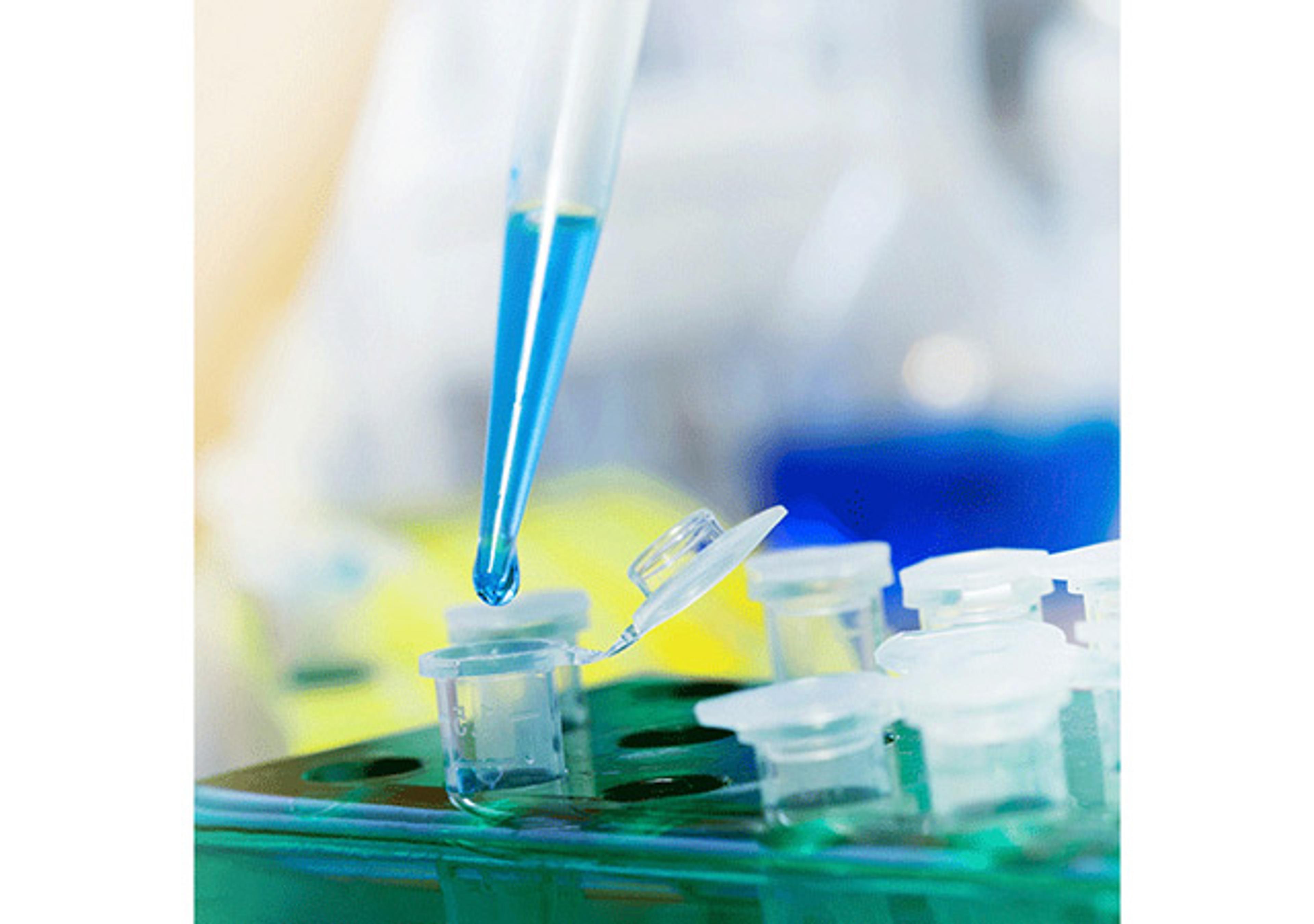KRIBIOLISA™ CRM197 ELISA
Robust and Sensitive Enzyme Immunoassay for the detection of CRM197 in biological preparations including vaccines and cell culture supernatants. Standard used is CRM197 expressed in E.coli.
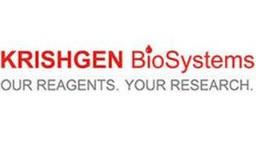
The supplier does not provide quotations for this product through SelectScience. You can search for similar products in our Product Directory.
CRM197 is used as a carrier protein in a number of approved conjugate vaccines. Hibtiter, a vaccine to protect against Haemophius influenzae type b, approved by the FDA in 1990, was the first conjugate vaccine to use CRM197 (the vaccine was discontinued in 2007).
Pfizer's Prevnar, which in 2000 became the first pneumococcal conjugate vaccine to gain FDA approval, comprises polysaccharides from pneumococcal serotypes conjugated to CRM197. A larger number of clinical and pre-clinical conjugate vaccines using CRM197 as the carrier protein are being evaluated. A further example of a vaccine currently in use that is a CRM197 conjugate is the meningitis ACWY vaccine, Menveo, produced by GlaxoSmithKline. In addition, CRM197 made in the Pelican Expression Technology(TM) platform is used in Merck's Vaxneuvance and Serum Institute's Pneumosil. KRISHGEN has been able to successfully develop a simple robust assay to estimate CRM197 in biological preparations and cell culture supernatant to help researchers and manufacturers work on CRM197 in their process development.
Intended Use:
CRM197 is a genetically detoxified form of diphtheria toxin. A single mutation at position 52, substituting glutamic acid for glycine, causes the ADP-ribosyltransferase activity of the native toxin to be lost. CRM197 is widely used as a carrier protein for conjugate vaccines. A potential advantage of CRM197 over toxoided proteins is that, because it is genetically detoxified, it retains its full complement of lysine amines for conjugation. The KRIBIOLISA™ª CRM197 ELISA kit is used as an analytical tool for quantitative determination of CRM197 in culture supernatant, vaccines and other biological preparations.
Principle:
The method employs sandwich ELISA technique. Plates are coated with Streptavidin. Biotinylated Anti-CRM antibody is added to the plate and incubated. After incubation wells are washed with wash buffer and standard and sample are added to the wells. After incubation wells are washed with wash buffer and Anti-CRM antibody is added. After incubation, again wells are washed and Anti-Mouse IgG HRP conjugate is added. Complex is formed. After washing microwells in order to remove any non-specific binding, the substrate solution (TMB) is added to microwells and color develops proportionally to the amount of CRM197 in the sample. Color development is then stopped by addition of stop solution. Absorbance is measured at 450 nm.

